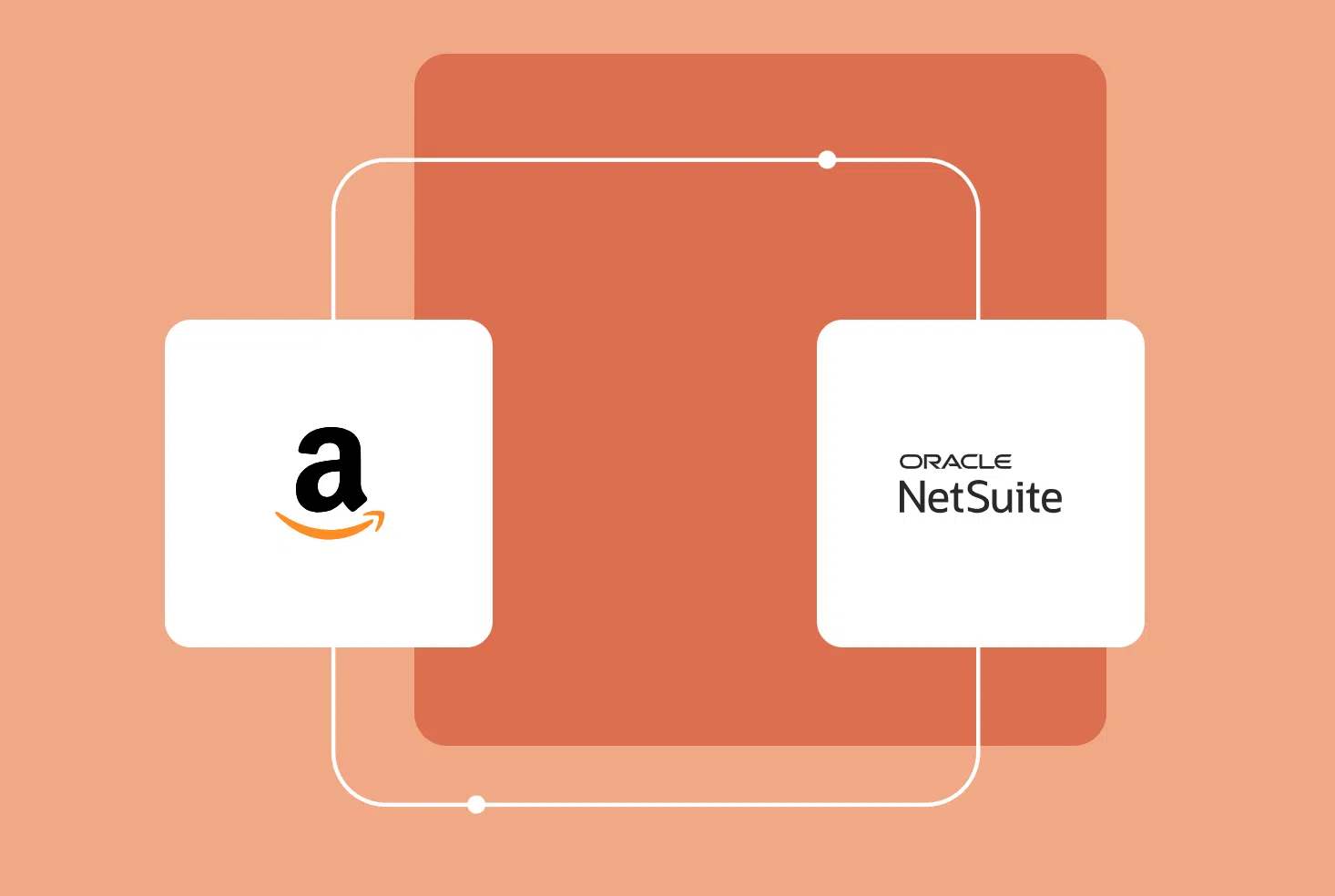Published Jun 27, 2023
IT automation guide
IT automation, also known as IT Process Automation (ITPA), is the automation of IT services, support, and administration by incorporating software tools, people, and processes to create a completely automated workflow. It involves bridging multiple systems, applications, and platforms to automate complex IT processes, eliminating bottlenecks, reducing errors and inconsistencies, and enhancing transparency and visibility throughout the entire process.
IT automation overview
The widespread adoption of diverse Software-as-a-Service (SaaS) applications has significantly impacted IT teams, forcing them to deal with an increasingly complex technological landscape. The rapid transition to remote and hybrid work environments has further compounded the challenges posed by SaaS sprawl. As organizations embraced flexible work arrangements, IT teams faced the daunting task of supporting dispersed teams and ensuring seamless connectivity.
When IT teams use manual processes to support their organizations, these actions create “bottlenecks” that block part of the processes and prevent the entire system from moving forward. Without automation, IT infrastructures become overburdened when resolving incidents, achieving operational efficiency, enforcing standards, lowering operational risk, and reducing costs.
IT automation encompasses several essential business processes including IT Service Management (ITSM), IT provisioning and de-provisioning, and IT workstream collaboration:
- ITSM are activities performed by an organization to design, build, deliver, operate, and control information technology services offered to customers. ITSM use cases for IT teams include the service desk, incident management, and service operations.
- IT provisioning and de-provisioning creates, modifies, disables, and deletes user accounts and their profiles across IT infrastructure and business applications. This IT process is an important part of employee onboarding and offboarding.
- IT workstream collaboration improves team coordination, performance, communications, and productivity for organizations with a disparate, remote workforce. As part of digital workplace initiatives, IT teams set up internal collaboration tools to encourage communication across departments, teams, and locations.
Examples of IT automation use cases include:
- User management
- Automating routine tasks
- IT-related onboarding and offboarding
- Ticketing systems
- Asset management
- Password reset
- Service desk automation
- Data access management
- Compliances and auditing
How to decide if you need IT automation
- Are your teams often slow to respond to incidents and user requests because they are stuck in a vacuum of information?
- Do you suffer from a long backlog of IT tickets that often miss their service level agreement?
- Would you like to free up your IT resources, so they can work on more strategic projects?
A roadmap to IT automation
Celigo’s unique process-centric approach enables companies to automate and optimize all of their business processes at scale, including IT/operations business processes. Data quality is improved, impacting the speed and accuracy of reporting — enabling confidence in making strategic decisions.
For IT teams
Streamline workflows to service internal and external IT requests. Improve data accuracy while reducing errors.
For line-of-business teams
Improve visibility with open lines of communication throughout the organization. Accelerate innovation without operational and technical obstacles.
Benefits of IT automation
Celigo enables technical and non-technical teams to automate manual tasks by seamlessly integrating all siloed SaaS applications with one integration platform. Example benefits of using Celigo’s platform for IT automation include:
- Eliminated bottlenecks and faster response times
- Lower costs
- Reduced errors and inconsistencies with improved accuracy
- Improved transparency and visibility
- Streamlined team collaboration
Why Celigo?
Celigo automates every stage of your business
Whether you are at an early stage or mature in your automation journey, Celigo provides full coverage with a comprehensive library of solutions built to support business process automation. With managed, prebuilt solutions, you can leverage AI/machine learning to manage and assist in integrations, including self-healing and error management.
Experts in business process automation
We have deep subject matter expertise and are the leader in business process automation, thanks to thousands of customers choosing Celigo for enterprise-wide process automation. We provide end-to-end coverage with expert guidance and customizable business best practices.
A powerful, scalable platform
The Celigo platform is an enterprise-ready Integration Platform as a Service (iPaaS) that can handle complex integrations across diverse use cases and industries. Integrate all of your applications, automate your business processes, scale your business, and say goodbye to operational inefficiencies.
Accessible to everyone
An intuitive UI empowers business users to self-serve and manage automations without coding. Easy-to-use monitoring and error management means you don’t have to rely on technical resources to build and manage your integrations.
About Celigo
At Celigo, we enable breakaway growth, controlled cost management, and superior customer experiences by ensuring that every process – at any level of the organization – can be automated in the most optimal way. Create efficiencies within every department in your organization and experience more value from your applications.


